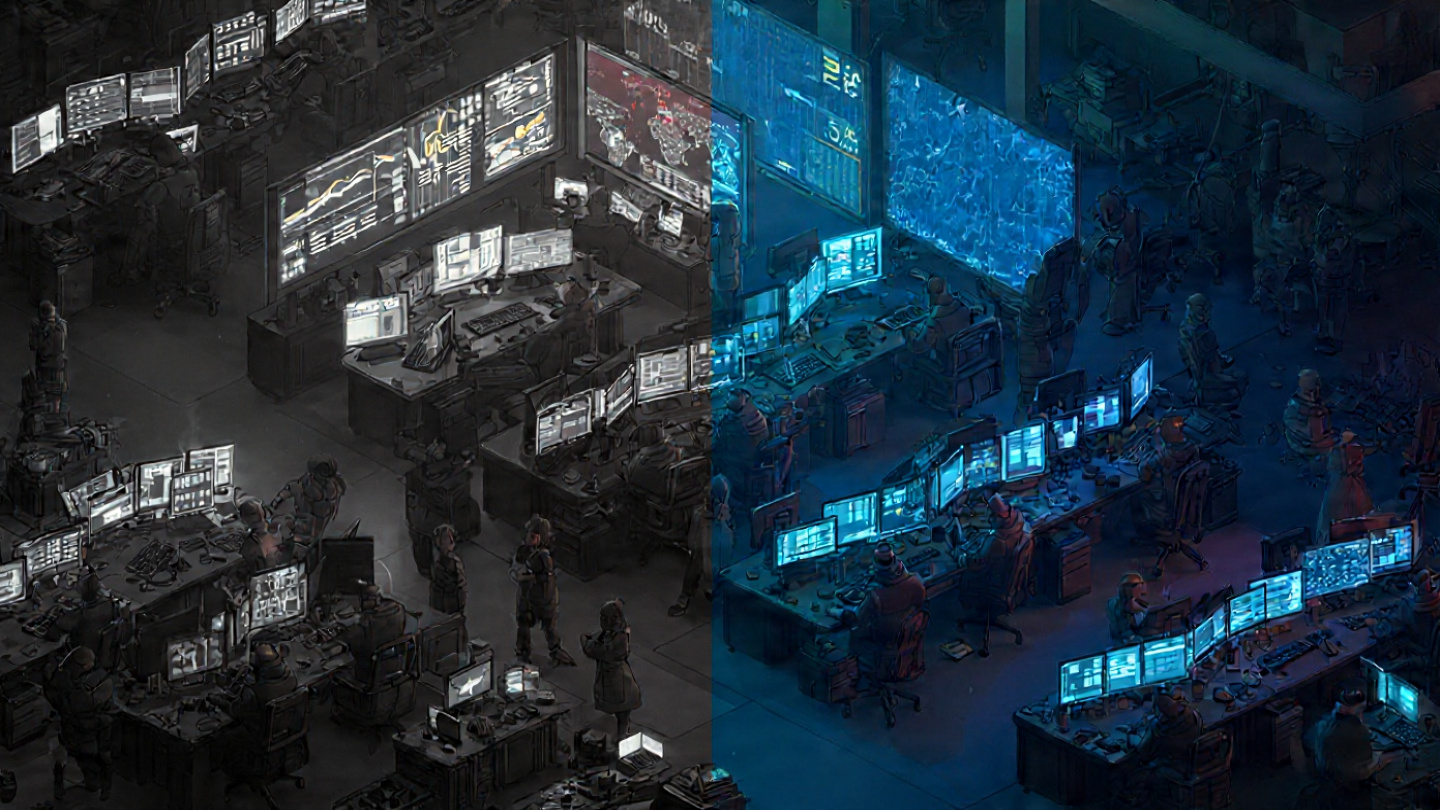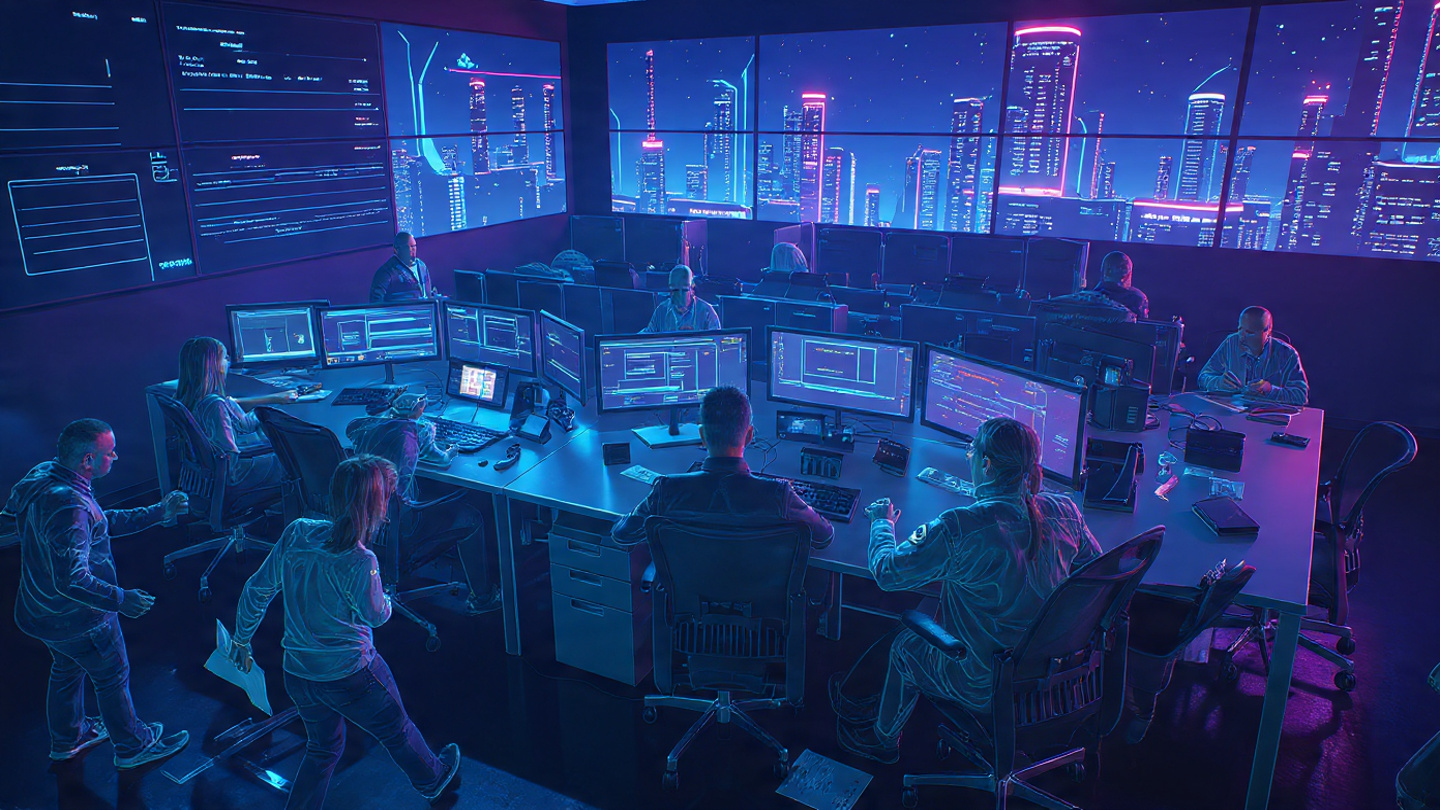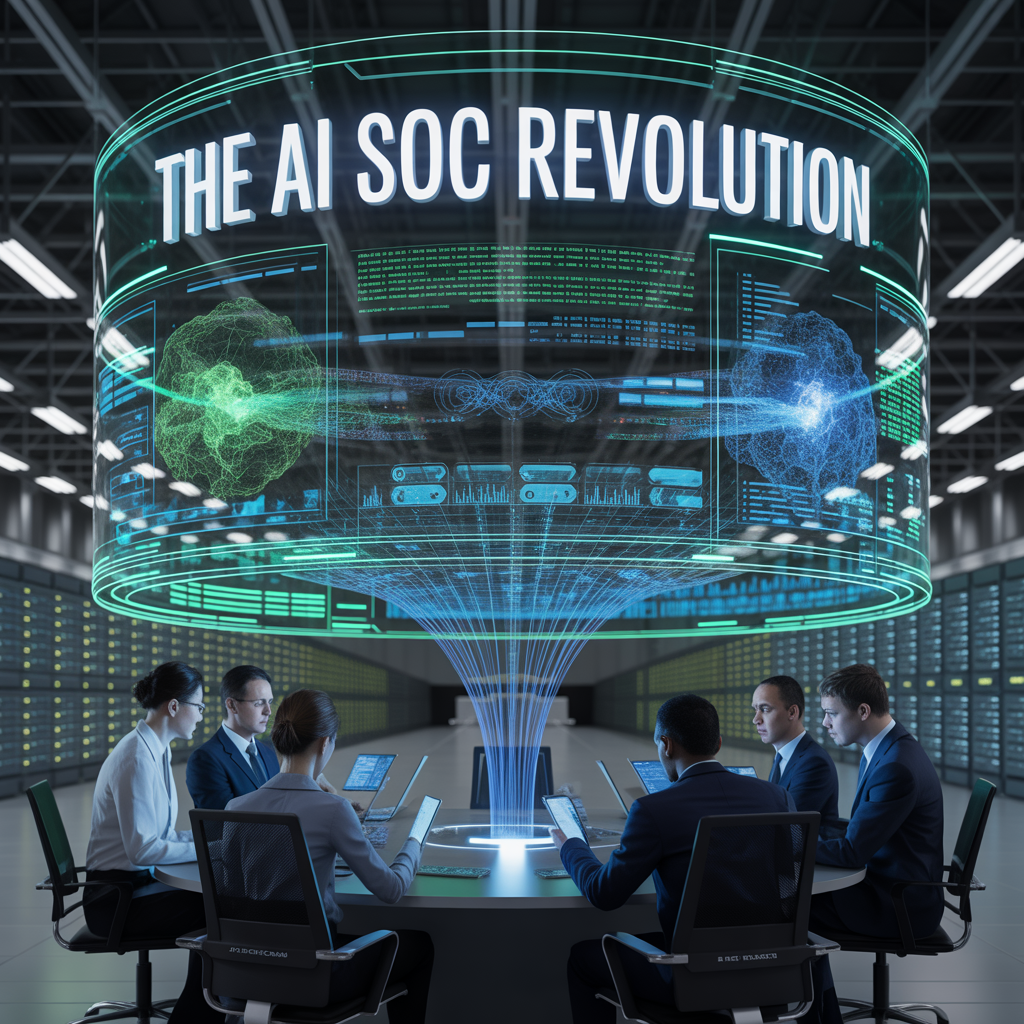The power of context creative problem-solving
After seeing the first three years of how AI for SOC will improve security operations, I can definitively state: AI will not replace SOC analysts. AI transforms them into super analysts, just like our smart phones have transformed us into super humans with advanced communication, navigation and compute capabilities. The argument leading with "replacing tier-1 analysts" fundamentally misunderstands the nature of security operations and the irreplaceable value of human intelligence in the SOC. Here’s why:
Context is (still) king
While AI excels at pattern recognition in cybersecurity context, humans understand the business story behind the data. When AI flags unusual database access at 2 AM, a seasoned analyst immediately recognizes the monthly backup process or the scheduled cron job for reporting. When automated systems trigger alerts for the CEO's weekend login from their summer home, human judgment prevents unnecessary escalation during crisis management.
This contextual understanding extends beyond simple pattern matching. Consider password spray investigations—a common attack vector that Command Zero's research found affect organizations across all 15 industries surveyed. While AI can identify the technical indicators of credential stuffing attempts, human analysts understand the organizational implications: which accounts were targeted, why those specific identities matter to the business, and whether the timing coincides with recent data breaches or employee departures.
Creative problem-solving drives defensive strategy
Attackers are inherently human—they employ creativity, social engineering, and novel approaches that deliberately circumvent automated defenses. Fighting human creativity requires human creativity. AI operates within defined parameters and learned patterns; yet humans think outside established frameworks and anticipate unprecedented attack vectors. These fundamentals are shifting with hybrid attackers leveraging the best of AI and human creativity, but it is still clear that pure automation or pure AI systems are not the silver bullet for defense.
The most sophisticated threats leverage this human element. Take GitHub repository attacks, where threat actors hijack CI/CD pipelines or poison open-source libraries. These attacks require understanding of developer workflows, organizational software dependencies, and the subtle behavioral patterns that distinguish legitimate code commits from malicious activity. Human analysts excel at this type of adversarial thinking—asking "what would I do next?" Or “what is this repo admin not anticipating?.” These creative steps result in novel exploitation techniques.
The Human Elements That Define Excellence
Ethical decision-making remains uniquely human
Should security teams block suspicious traffic originating from the CEO's home IP address during a critical acquisition? Is it appropriate to quarantine the CFO's laptop due to unusual working hours during earnings season? These scenarios require nuanced judgment that balances security imperatives with business continuity, regulatory requirements, and organizational dynamics.
These decisions involve complex trade-offs that AI systems cannot elegantly navigate today. Human analysts understand stakeholder relationships, business priorities, and the cascading effects of security actions across the organization. They can weigh the risk of a false positive against the potential business disruption, considering factors like executive travel schedules, upcoming board meetings, or critical project deadlines.
Complex investigations demand detective work
Complex investigations require deep data analysis, but they also require a complete understanding of the narrative within context. AI excels at data correlation, but humans conduct interviews, analyze motives, understand organizational politics, and piece together the human narrative behind cyber incidents. Email investigations exemplify this complexity—while automated systems can identify suspicious messages, human analysts understand that email credentials represent complete user identities and can assess the full blast radius of compromised accounts. A simplistic email subject can be a sign of phishing or personal style of a user’s communications.
Consider identity-based investigations triggered by HR watchlists or potential account compromises. These cases require a sophisticated understanding of organizational hierarchies, employee behavioral patterns, and subtle indicators that distinguish legitimate administrative actions from malicious activity. Command Zero's platform delivers this principle by combining AI-powered data correlation with human-guided investigation workflows, enabling comprehensive analysis that connects technical indicators with business context.
Augmentation: The unfair advantage
Stakeholder communication requires emotional intelligence
Explaining a security breach to the board of directors, coordinating incident response with legal teams, or managing crisis communications during active threats—these scenarios demand relationship building, empathy, and communication skills that remain uniquely human. Writing a detailed analysis report is important and can be done by LLMs, but communicating the output to humans remains a social skill. Security analysts must translate technical complexities into business language, manage stakeholder expectations, and maintain organizational confidence during high-stress situations.
Continuous learning and adaptation separate exceptional analysts from computer systems (AI included)
Technology evolves rapidly, and human analysts adapt organically. They can pivot from investigating malware campaigns to analyzing cloud misconfigurations, from tracking insider threats to understanding emerging attack vectors. AI models require extensive retraining for new scenarios; human analysts require only curiosity and access to relevant data.
The future of security operations isn't human versus AI—it's humans empowered with AI capabilities. Command Zero's research across 352 cybersecurity professionals reveals that 88% of organizations face operational challenges from staff shortages, yet the solution isn't replacement—it's amplification. AI handles the noise, automates routine correlation tasks, and provides investigative suggestions, enabling human analysts to focus on strategic thinking, complex problem-solving, and nuanced decision-making.
Conclusion: The strategic AI imperative for SecOps is clear – Augment your best analysts
Organizations that understand AI as augmentation rather than replacement will emerge significantly stronger in cybersecurity's biggest transformation since the introduction of firewalls. By 2027-2028, AI-augmented security operations will become standard practice, but the human analysts who can leverage these tools effectively will become increasingly valuable.
Modern security operations require the perfect synthesis of artificial intelligence capabilities and human expertise. AI removes investigative drudgery, accelerates data correlation, and provides consistent analytical frameworks. Humans provide context, creativity, ethical judgment, and the strategic thinking necessary to transform raw intelligence into actionable security outcomes.
The organizations that recognize this fundamental truth—that the future belongs to human analysts with AI superpowers—will define the next generation of cybersecurity excellence.
Book a demo today to see how Command Zero can help transform your SOC with AI.







